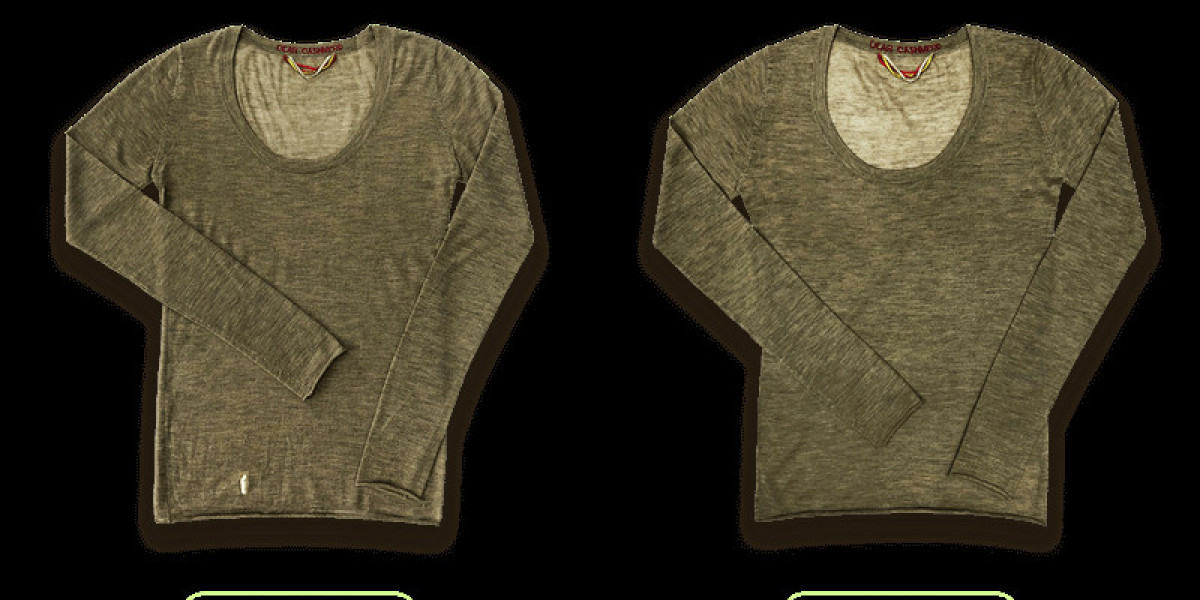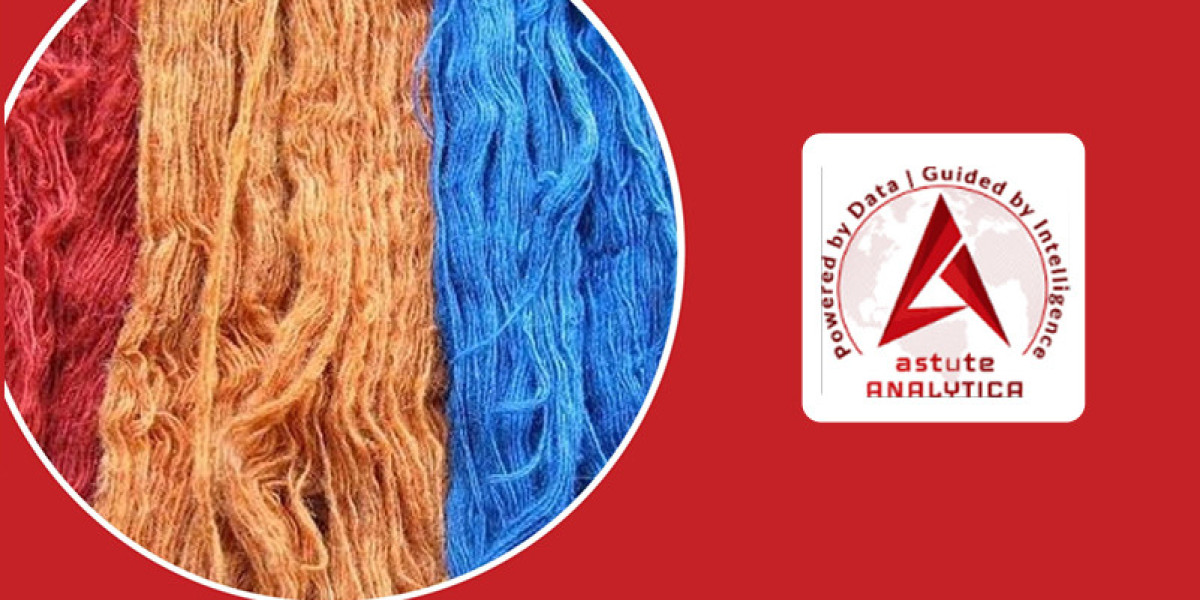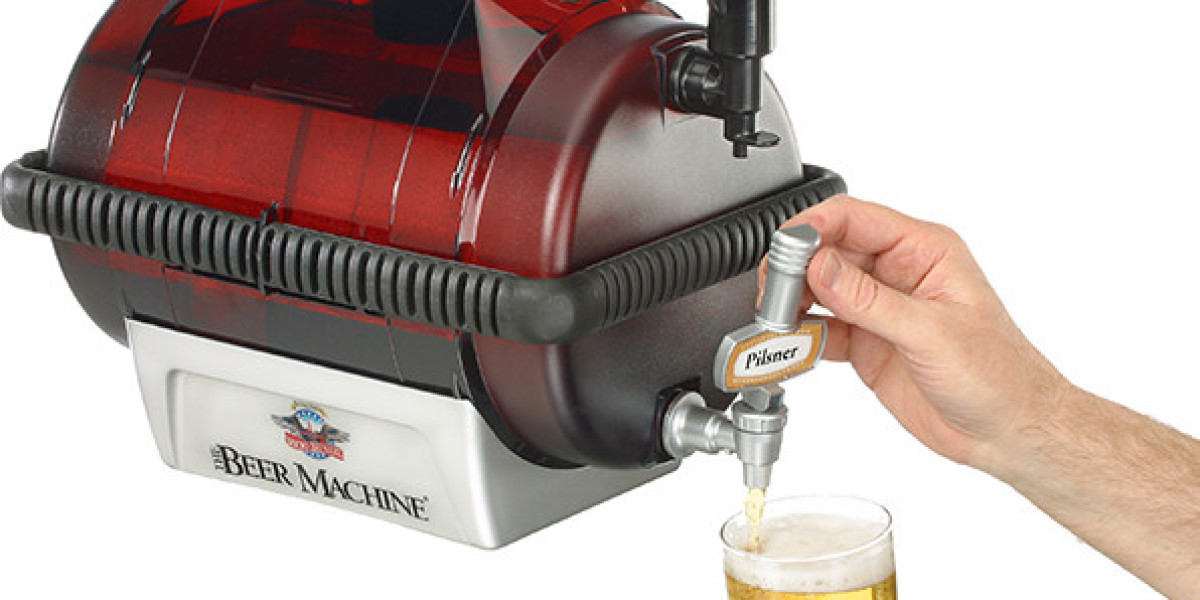The first time you notice small holes in your favorite sweaters and scarves, it’s easy to assume that moths are the culprits. However, these pests aren’t the only ones who can cause such damage.
Clothes moths and their larvae are attracted to natural fibers like wool, cashmere, fur, silk, and feathers. They also target fabrics that contain sweat, food stains, and body oils.
Identifying the Infestation
It's important to get to the bottom of what is causing these tiny holes in your clothes. Moths are suspect number one, but crickets, cockroaches and beetles can also cause them.
Look for moth damage in the folds of your fabrics, especially the underarm areas where moths love to hide. Also look for damaged corners and crevices in your upholstered furniture. Moth larvae like to hide in these spaces, feeding on wool clothing, carpets, rugs, and furs. They can also chew through synthetic fibers that contain a little bit of wool, and even pet hair.
Inspect all of your stored clothing and fabric often, including items that you don't wear on a regular basis. Regularly brush all washable clothing with a clothing brush or use a dry cleaner to remove moth eggs and larvae before they can hatch. In addition, clean closets, drawers and storage boxes, and vacuum dimly-lit and cluttered areas regularly. This will remove lint, which larvae feed on.
Getting Rid of the Infestation
If you find moth holes in your clothes, you must immediately start to take action to eradicate them. You can do this by first giving the affected closet a thorough cleaning. This will include emptying all the drawers, cupboards and wardrobes & vacuuming every centimeter of space.
Next you must wash all the fabrics that can be washed in hot water. You can also heat-treat or freeze any that you don’t want to launder, which will kill moth eggs & larvae. This is a great idea for things like fur, flannel and woolens.
Be aware that moths are not the only insect that can cause holes in your clothing. Crickets, cockroaches and beetles are often to blame as well. If you suspect any of these insects are the culprit, treat them using a suitable insecticide. If you are worried about the chemicals in an insecticide, try a natural method like lavender oil or sachets of cedar.
Cleaning the Infested Areas
If you've noticed moth holes in your clothes, you'll want to thoroughly inspect the items for signs of infestation. Moth damage can be as small as a few holes or it can totally decimate a garment until nothing is left except for shreds and excrement.
Check your clothing, especially those made from natural fibers like wool, silk, and cashmere, for signs of moth damage. Look for areas that are most susceptible to infestation such as the cuffs, collars, and hemlines of garments and sweaters; the back of skirts and dresses; and the linings of pockets, turn-ups, and the crotch of trousers. You should also examine any rugs and soft furnishings for signs of moths including white webbing (which looks a bit like messed up cobwebs) and frass.
Depending on the type of insect that's causing the damage, you may need to dry clean or wash your affected clothes. A magnifying glass can help you get a closer look at the damage so you can identify and properly treat it.
Removing the Infested Garments
When moths eat fabric, they leave holes in the garments. These holes can vary in size. Some of them may be small enough to be repaired with some neat sewing and a lot of patience. Some are large enough to ruin the clothes altogether. It all depends on the extent of the moth infestation.
As the warm weather encourages moths to hatch out of their cocoons, they look for dark places like closets to lay their eggs. These eggs morph into moth larvae that feed on natural fibers such as wool, cashmere, silk, fur, feathers and hair, and fabrics blended with these materials. Moths are also attracted to sweat, body oils and food or drink stains.
To get rid of moths, properly dispose of the infested clothes. You can air, heat or freeze the clothes to kill the moth eggs and larvae. You can also dry clean the items. However, if they are heavily infested with moth holes and larvae, you should throw them away.



